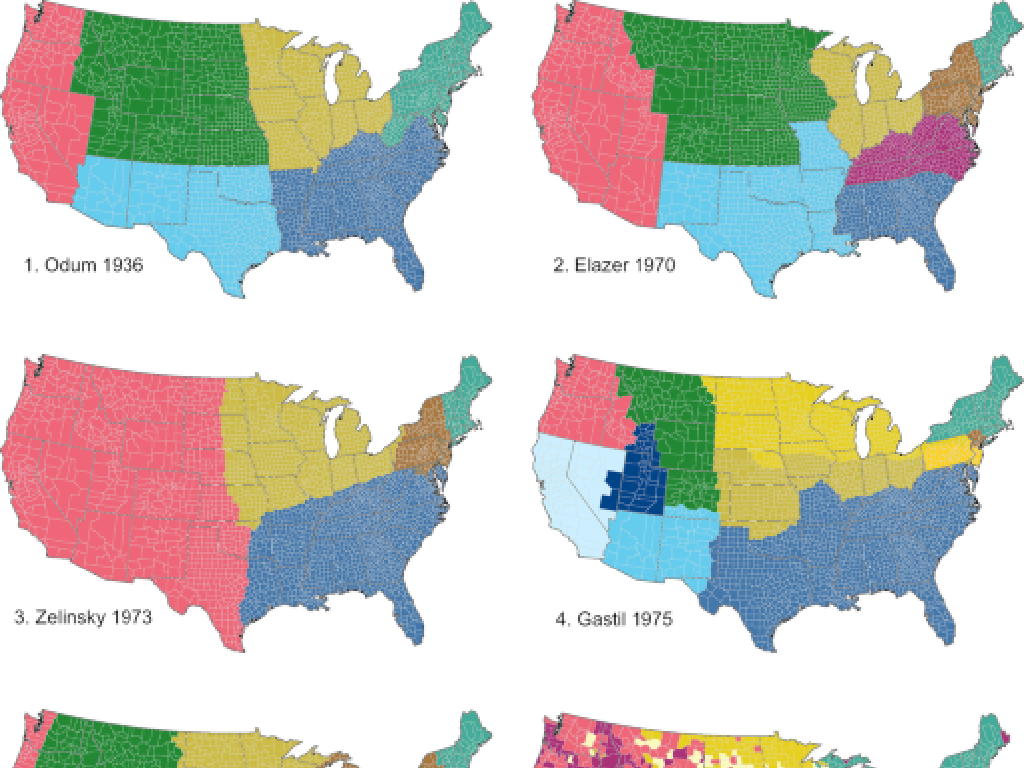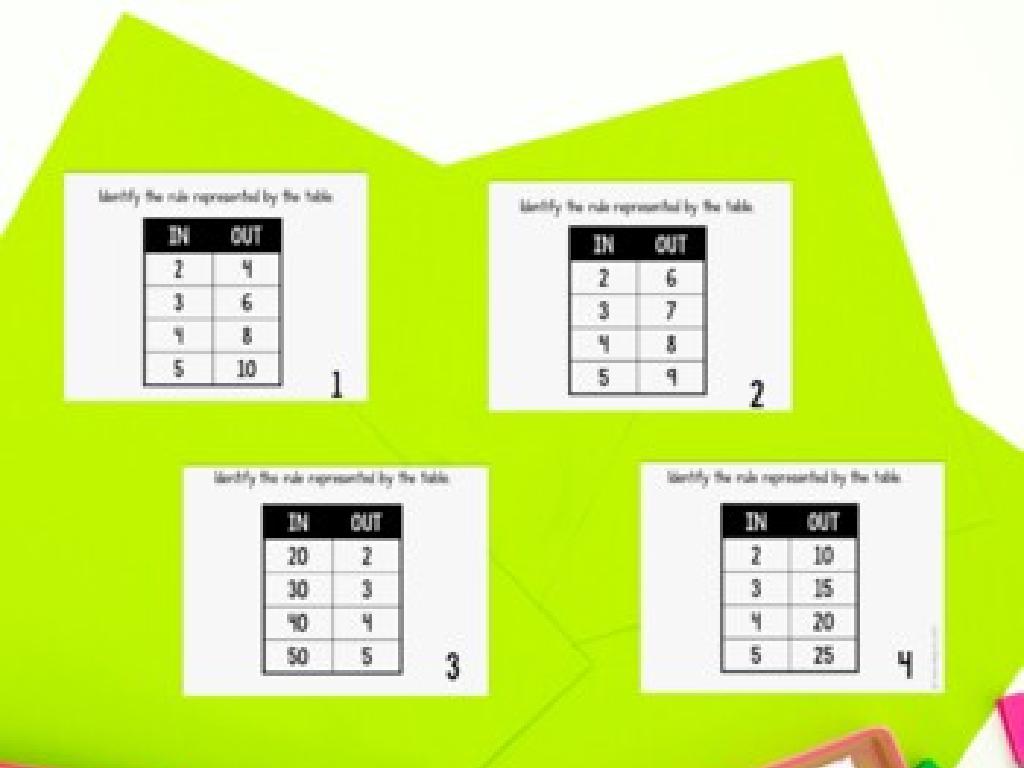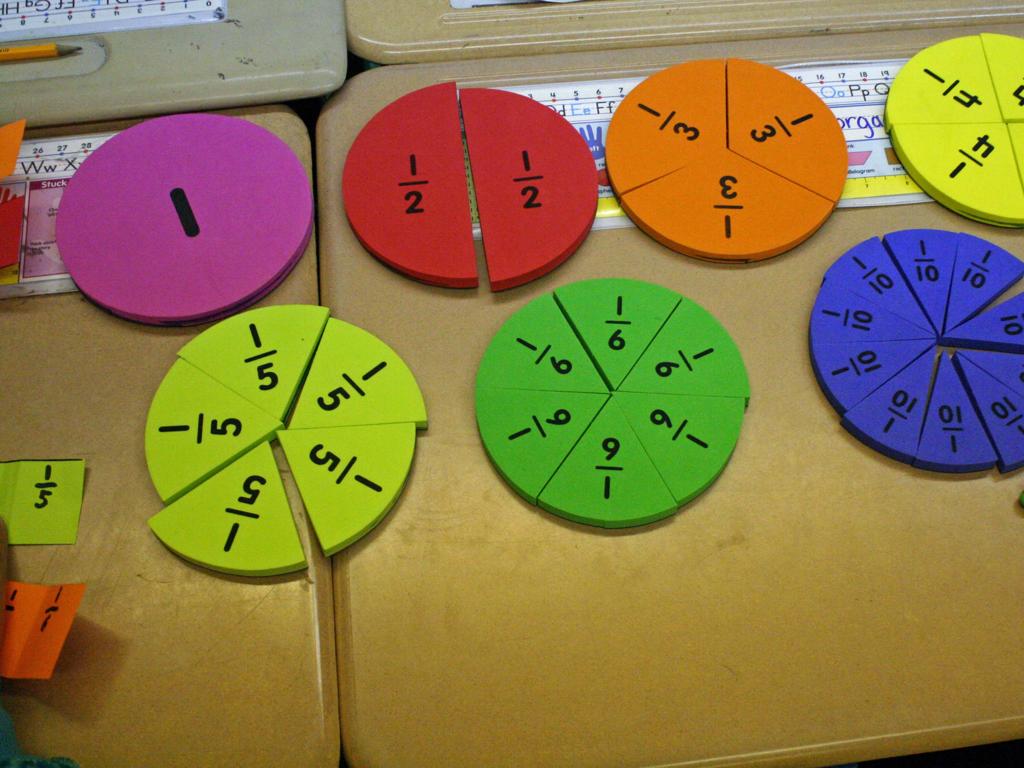The Constitution
Subject: Social studies
Grade: Third grade
Topic: Government
Please LOG IN to download the presentation. Access is available to registered users only.
View More Content
Introduction to the Constitution
– What is the Constitution?
– It’s like a rule book for the country.
– Why the Constitution matters
– It keeps our country running smoothly.
– Laws and rules basics
– Rules help us know what is right or wrong.
– The Constitution and everyday life
– It helps make sure everyone is treated fairly.
|
This slide introduces the Constitution to third-grade students by comparing it to a rule book that guides how the country is run, similar to how classroom rules help students. Emphasize the importance of the Constitution in maintaining order and fairness in society. Discuss the concept of laws and rules, and how they apply to everyday life, ensuring that students understand the basic principles of governance and their relevance. Encourage students to think of examples of rules they follow at home or in school and relate them to the larger framework of laws within the country.
A Brief History of the Constitution
– The Constitution’s age
– Written over 200 years ago
– Founding Fathers as authors
– Important leaders like George Washington
– The Constitution as a promise
– It sets rules and rights for citizens
– Its role for Americans
|
This slide introduces students to the Constitution by providing a simplified history. Emphasize that the Constitution is a very old document, written more than two centuries ago, which has been guiding the United States ever since. Highlight that it was written by a group of leaders known as the Founding Fathers, including well-known figures like George Washington and Benjamin Franklin. Explain that the Constitution is like a big promise that outlines the rules of the country and the rights of its people. It’s important for all Americans because it helps make sure everyone is treated fairly. Use examples like promises students make to each other to help them relate to the concept of the Constitution.
The Three Parts of the Constitution
– The Preamble: Our Constitution’s goals
– It’s like a welcome note that tells us what the Constitution is all about.
– The Articles: Rules for government
– These are the instructions that tell us how our country’s leaders should work.
– The Amendments: Constitution’s changes
– Just like when we update our class rules, the Amendments are updates to the Constitution.
|
This slide introduces the students to the three main parts of the U.S. Constitution. The Preamble serves as the introduction, stating the purposes and guiding principles of the document. The Articles lay out the structure and powers of the government, including the roles of the Congress, President, and the courts. The Amendments, including the Bill of Rights, are changes and additions that have been made to the Constitution over time to protect the rights of the people and adapt to new circumstances. Encourage students to think of the Constitution as a set of rules for the country, much like the rules they follow in school, and the Amendments as updates to those rules to make sure they are fair and current.
Exploring the Preamble of the Constitution
– Read the Preamble as a class
– Reflect on ‘We the People’
– It means everyone in the country!
– Discuss the Preamble’s goals
– Goals like ‘justice’ and ‘liberty’ are important.
– Understand our Constitution’s intro
|
Begin the class by reading the Preamble aloud together to familiarize students with the text. Encourage them to think about the phrase ‘We the People’ and what it signifies about democracy and inclusion in the decision-making process of our country. Discuss the goals mentioned in the Preamble such as establishing justice, ensuring domestic tranquility, providing for the common defense, promoting the general welfare, and securing the blessings of liberty. Explain that the Preamble serves as an introduction to the Constitution and lays out the intentions behind it. Use examples that are relatable to third graders, such as how rules in a classroom create a fair environment for all students. This will help them understand the broader concept of a constitution creating a fair and peaceful society.
The Articles of the Constitution
– Article 1: The Legislative Branch
– Congress makes the country’s laws
– Article 2: The Executive Branch
– The President makes sure laws are followed
– Article 3: The Judicial Branch
– Courts decide what laws mean
|
This slide introduces the three branches of the U.S. government as outlined in the Constitution. Article 1 establishes the Legislative Branch, which is Congress, and its role in making laws. Article 2 describes the Executive Branch, headed by the President, which enforces these laws. Article 3 sets up the Judicial Branch, which is the system of courts that interprets the laws and decides if they are being followed correctly. Use simple examples to illustrate each branch’s function, such as how a school has rules (laws), a principal (executive), and a counselor (judicial) to help explain the concept to third graders.
The Bill of Rights
– First 10 Amendments
– The Bill of Rights is the first 10 changes to the Constitution
– Rights like speech & religion
– These include speaking freely and choosing any religion
– Why rights are important
– They help us live safely and happily
– Protecting our freedoms
|
The Bill of Rights is a crucial part of the Constitution, comprising the first ten amendments. These amendments outline fundamental rights that protect citizens’ freedoms, such as freedom of speech, religion, and the press. It’s important for students to understand that these rights are essential for a free society and contribute to their sense of safety and happiness. Discuss each right briefly and explain how they impact daily life. Encourage students to think about how different life would be without these rights. The goal is to help them appreciate the freedoms they have and understand the role of the Constitution in protecting these freedoms.
How the Constitution Affects Our Daily Lives
– The Constitution in everyday life
– School and home rules examples
– Like raising hands to speak, homework deadlines
– Rules for peaceful living
– Rules like waiting your turn help avoid fights
– Constitution: Our big rule book
|
This slide aims to help students understand the relevance of the Constitution in their daily lives by comparing it to rules they are already familiar with, such as those at school and home. Discuss how just as classroom rules help students learn and play without problems, the Constitution helps citizens live together peacefully by establishing laws and rights. Emphasize that the Constitution is like the big rule book for the entire country, guiding how people should treat each other and what is considered fair. Encourage students to think of times when following rules made things easier or more fun, and relate that to how the Constitution aims to create a harmonious society.
Class Activity: Our Classroom Constitution
– Create our classroom rules together
– Discuss reasons for choosing these rules
– Think about what makes our classroom happy and safe
– Everyone agrees to the rules by signing
– This is our Classroom Constitution
– Just like the U.S. Constitution, it’s our agreement to make our class better
|
This activity is designed to engage students with the concept of the Constitution by creating a classroom version. Start by explaining that a constitution is a set of rules that everyone agrees to follow. Encourage students to brainstorm rules that they believe will contribute to a respectful and productive classroom environment. Discuss why each rule is important and how it will help everyone. Once the rules are decided, have each student sign the Classroom Constitution as a symbol of their commitment, mirroring the historical significance of the founding fathers signing the U.S. Constitution. This activity not only teaches about the Constitution but also fosters a sense of community and responsibility among the students.






